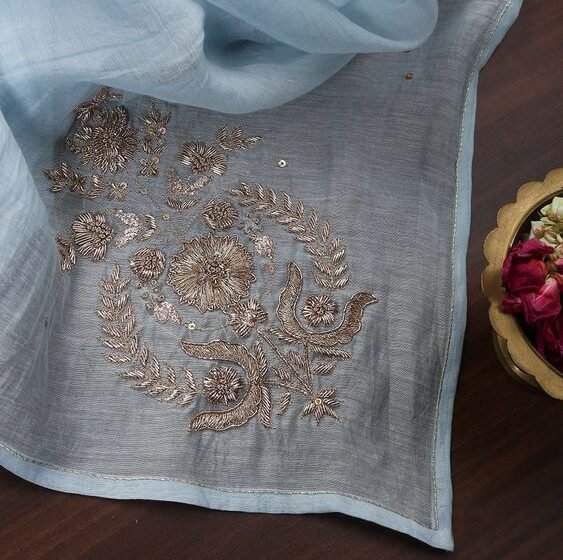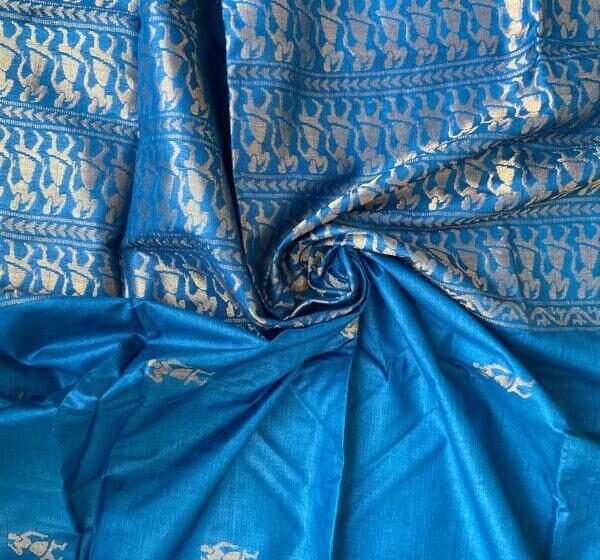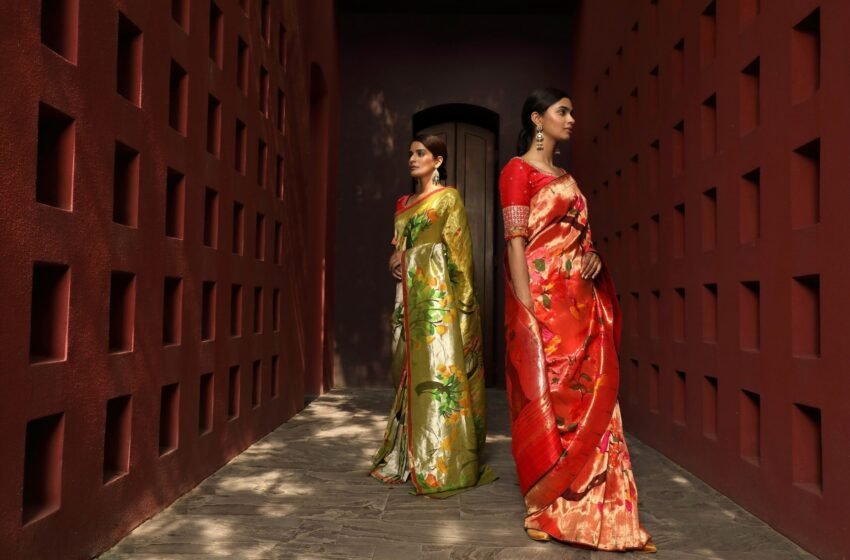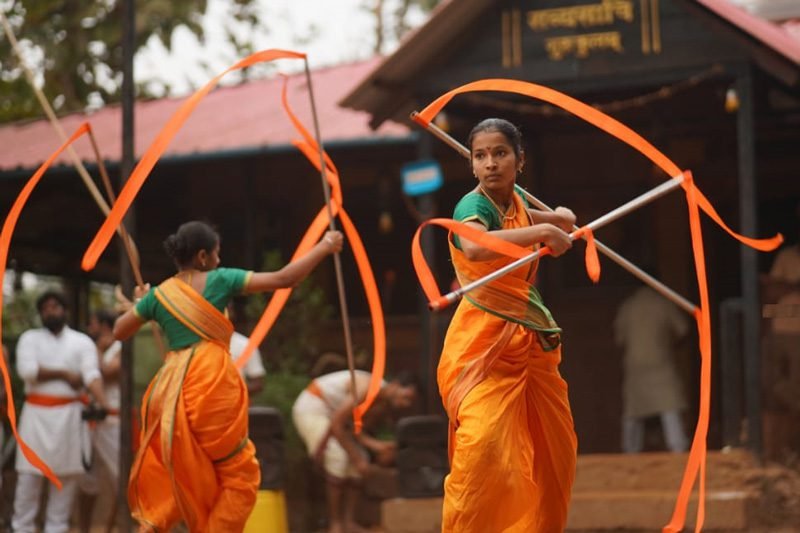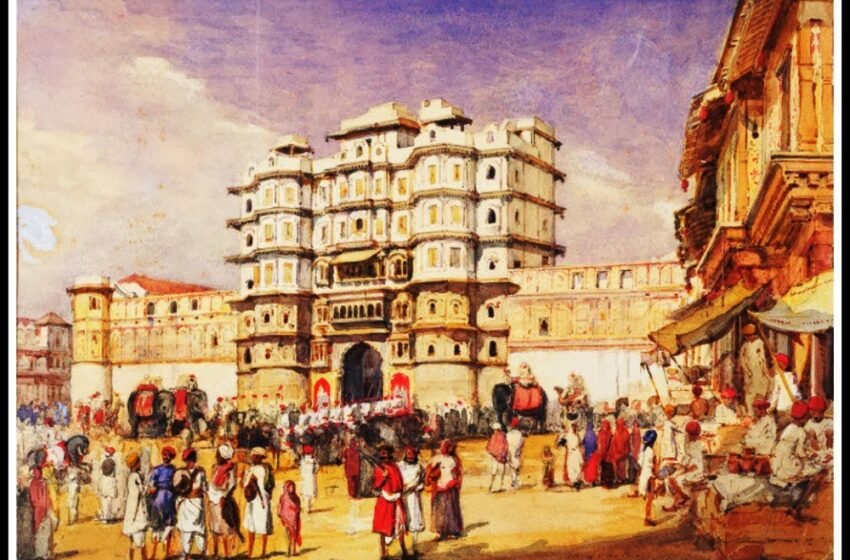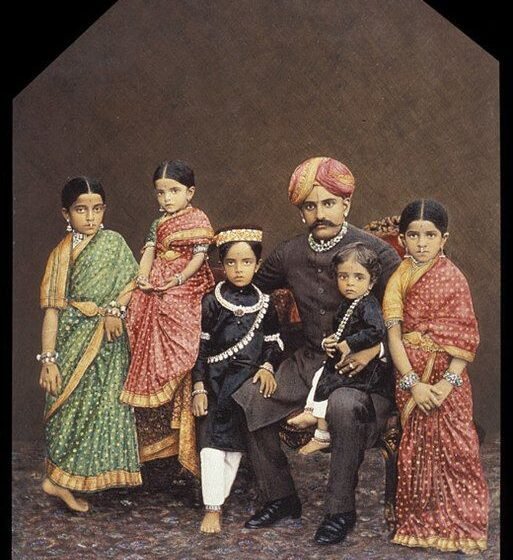Chanderi Silk – Weaving the Intricacies of a legacy
Chanderi is mentioned for its lightweight, vivid, and glossy texture. The phrase Chanderi is derived from a small city in Madhya Pradesh additionally called ‘Chanderi’. Chanderi sarees are primarily popular among Marwari women and are also favoured in West Bengal for their white and darkish colour. India has the richest way of life with woven […]Read More
